A lot of homeowners only think they need air conditioning repair when their system breaks down. However, the fact is your air conditioner will often give warning signs before a complete breakdown that results in new AC installation. Noticing early problems and calling the experts at Titan Heating & Air Conditioning to address issues early can spare you the hassle and expense of a full AC system failure. More importantly, it can prevent the uncomfortable feeling of having your AC break down when it’s scorching hot outside.
When you call us, our team of certified HVAC technicians will diagnose the issue, resolve the issue and get your system running again. We have years of experience and provide top-tier, budget-friendly AC service for local homeowners.
Why hold off until your cooling system stops working? Skip all that hassle by calling today to schedule AC repair in Central Point, OR, from Titan Heating & Air Conditioning.
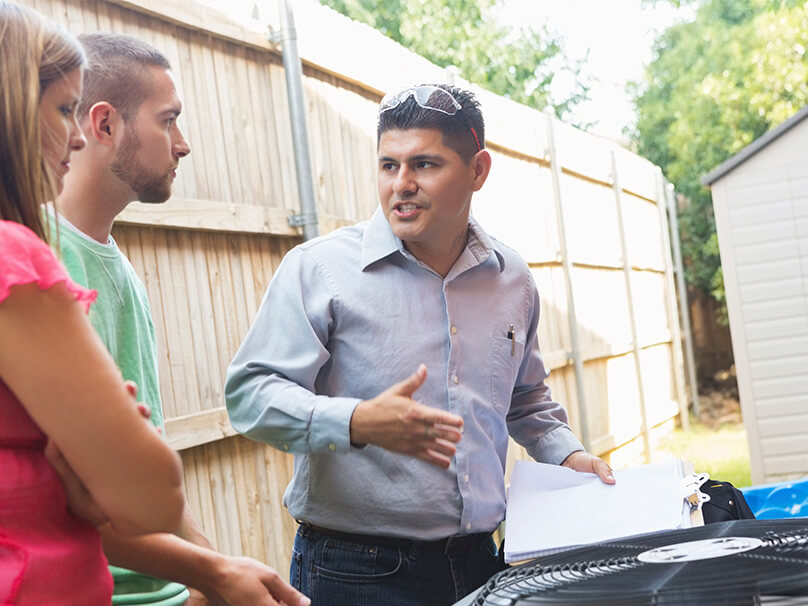
Signs You Need AC Repair
What are the signs your air conditioner needs repair? From unusual smells to no cold air coming from the vents, there are many indicators that your cooling system has is malfunctioning and needs evaluation or repair.
Here are some warning signs that trouble may be developing and it’s time to call an HVAC technician from Titan Heating & Air Conditioning:
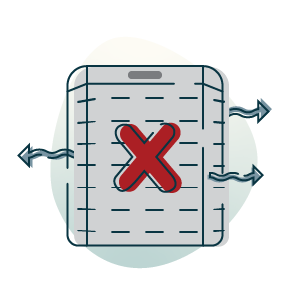
AC won’t blow cold air
If heated air is flowing out of your AC unit instead of cool air, or if the air isn’t as cold as you’d like, it’s a smart move to call us for professional cooling service.
AC keeps turning on and off
If your AC system starts and stops instead of completing its normal cycle, it could be a sign of several problems and should be inspected by one of our certified HVAC technicians.
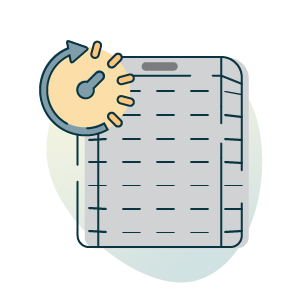
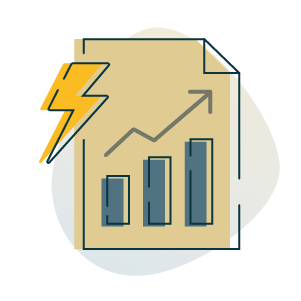
Monthly utility bills increase for seemingly no reason
A sharp increase in your energy expenses can be an indicator your AC unit is losing efficiency, which means it uses more energy to keep your space comfortable and needs AC maintenance or repair.
Strange smells are coming from your air conditioning
Air conditioners should not stink. Unusual odors coming from your air conditioner should be inspected by an HVAC technician, as they can be a symptom of trouble like mold, mildew or even electrical issues.
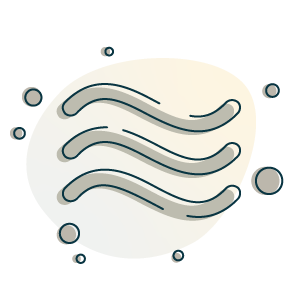
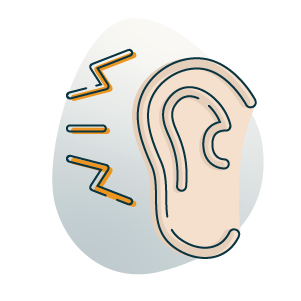
AC starts making noises
If you hear strange sounds when your air conditioner is running — clanking, scraping or screeching, to name just a few — it’s important to call for professional HVAC service to find out what’s wrong.
Request Expert Air Conditioner Repair Today
When you require air conditioning service without delay, reach the HVAC repair professionals at Titan Heating & Air Conditioning. We’ll speedily diagnose the problem when your equipment won’t run or deliver adequate cool air.
